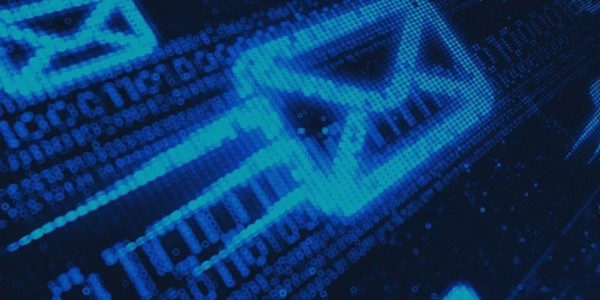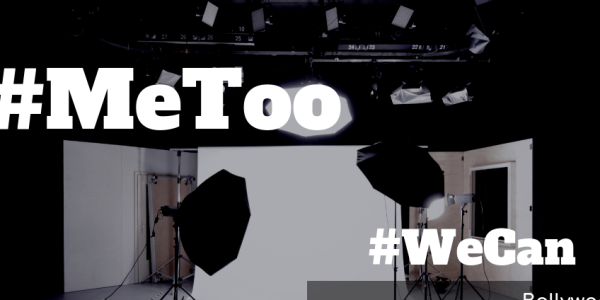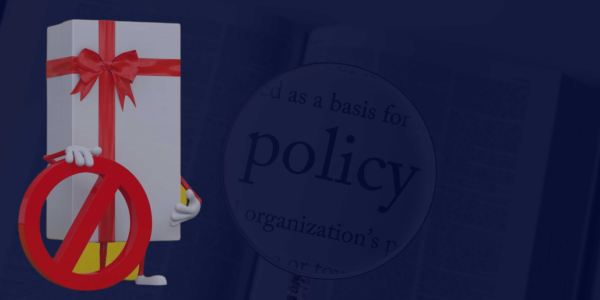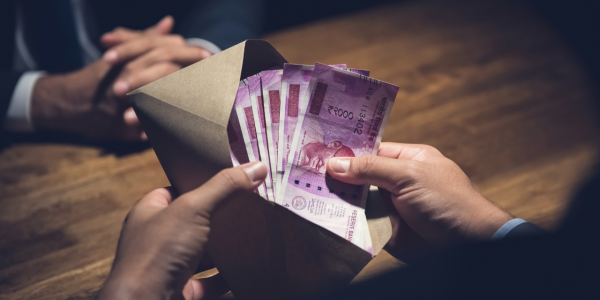Expressing oneself on the internet is a common privilege of the 21st century. However, there are restrictions to this privilege in order to avoid the exploitation of freedom of speech.
In 2015, the Supreme Court of India gave a momentous judgment breathing new life into the fundamental right to freedom of speech and expression. This landmark case addressed constitutional concerns and redefined the scope of liability for intermediaries in India.
Background of the Case
In 2012, the Mumbai Police arrested two women, Shaheen Dhada and Rinu Srinivasan, on charges of posting critical remarks on Facebook regarding the enforced shutdown following the demise of Shiv Sena founder Bal Thackeray. Although the authorities eventually released the young women, their arrest garnered widespread condemnation throughout the nation. Numerous activists voiced concerns over what they saw as an abuse of police authority, invoking Section 66A of the Information Technology Act, 2000 (‘IT Act’), a provision that penalizes offensive text or messages sent via communication services. This raised significant alarm, as it appeared to infringe upon the fundamental right to freedom of speech and expression enshrined in Article 19(1)(a) of the Indian Constitution.
The offense outlined in Section 66A of the IT Act fell under the category of cognizable offenses, thereby granting police officers the power to apprehend and investigate cases without requiring a warrant. Consequently, this led to a series of questionable arrests by the police nationwide, targeting individuals who expressed opinions or viewpoints that the government deemed as ‘offensive content,’ often relating to dissenting political views.
In response, numerous petitions challenging the constitutionality of the IT Act’s provisions were filed by individuals (such as Shreya Singhal), non-governmental organizations including People’s Union for Civil Liberties and Common Cause, and companies like Mouthshut.com, spanning across various regions of the country. The Supreme Court of India consolidated these petitions into a single Public Interest Litigation (PIL) case known as Shreya Singhal v. Union of India.
Judicial Pronouncements
The Supreme Court of India deemed Section 66A of the IT Act unconstitutional, asserting that it was both ambiguous and excessively wide-reaching. Consequently, the provision failed to meet the standards of constitutionality prescribed in Article 19(2) of the Constitution, which allows for reasonable restrictions on the right to freedom of speech and expression.
The Court’s ruling led to a focused and precise revision of the Intermediary Rules and the provisions within Section 79(3)(b). Accordingly, the Court underscored that the responsibility of intermediaries to remove content is contingent upon the receipt of a court order or an official notification from a governmental authority.
Implications of the Case on Intermediaries’ Role and Responsibility
Prior to this landmark ruling, Section 79(3)(b) of the Information Technology (Intermediary Guidelines) Rules, 2011, placed the onus on intermediaries to promptly remove or block access to unlawful content as soon as they became aware of its illegality. This awareness could be attained through the intermediary’s independent content monitoring or notifications from affected individuals or government sources. However, this framework posed significant challenges for intermediaries due to the deluge of frivolous and unsubstantiated complaints. Additionally, the question of whether intermediaries were obligated to act upon every takedown request, regardless of its source (government or private entities), remained ambiguous.
The Court mandated a reinterpretation of the provisions within Section 79(3)(b) and the Intermediary Rules. This reassessment has unequivocally established that intermediaries must be presented with a court order or an official notification from a government agency before being compelled to remove specific information or content. Consequently, the Court’s ruling has brought clarity to the circumstances under which intermediaries are required to take down content.
The apex court opined that even if a complaint from a third party seems to warrant content removal, online platforms are not bound to immediately take down or delete the content. This declaration implies that individuals who encounter objectionable content on platforms like Facebook or Twitter must now pursue legal channels or seek governmental intervention to address their concerns, as they can no longer rely solely on the platform to remove the contested content.
However, there remains uncertainty regarding whether this reinterpretation affects personal safety, as illicit content (which could potentially cause harm or damage) might remain accessible to the public until a court or administrative order is obtained—a process that could be protracted. Consequently, individuals who have genuinely fallen victim to online defamation via any intermediary may find themselves enmeshed in an unnecessarily prolonged procedure before being able to seek assistance from the appropriate authorities.
Furthermore, the ruling explicitly underscored that both the court’s decree and notifications from relevant government bodies or agencies must meticulously align with the parameters outlined in Article 19(2) of the Indian Constitution. It is evident that Section 79 cannot be extended to encompass unlawful activities that surpass the boundaries outlined under Article 19(2).
Parting Thoughts
The impact of this landmark case on India’s IT laws was profound and far-reaching. The verdict tackled the crucial issue of establishing acceptable standards for communication in the online domain. It bolstered safeguards for online expression, clarified intermediary responsibilities, and upheld fundamental rights in the digital sphere. The case continues to play a significant role in ongoing discussions about internet governance, the boundaries of free speech, and the balance between regulatory measures and individual liberties in the online world.
The Shreya Singhal case marked a pivotal moment in contemporary IT law, and subsequent amendments have been introduced. To learn more about the extent of intermediary liability, explore our blog series on Safe Harbour.
Disclaimer : No information contained in this website may be reproduced, transmitted, or copied (other than for the purposes of fair dealing, as defined in the Copyright Act, 1957) without the express written permission of Rainmaker Online Training Solutions Pvt. Ltd.











